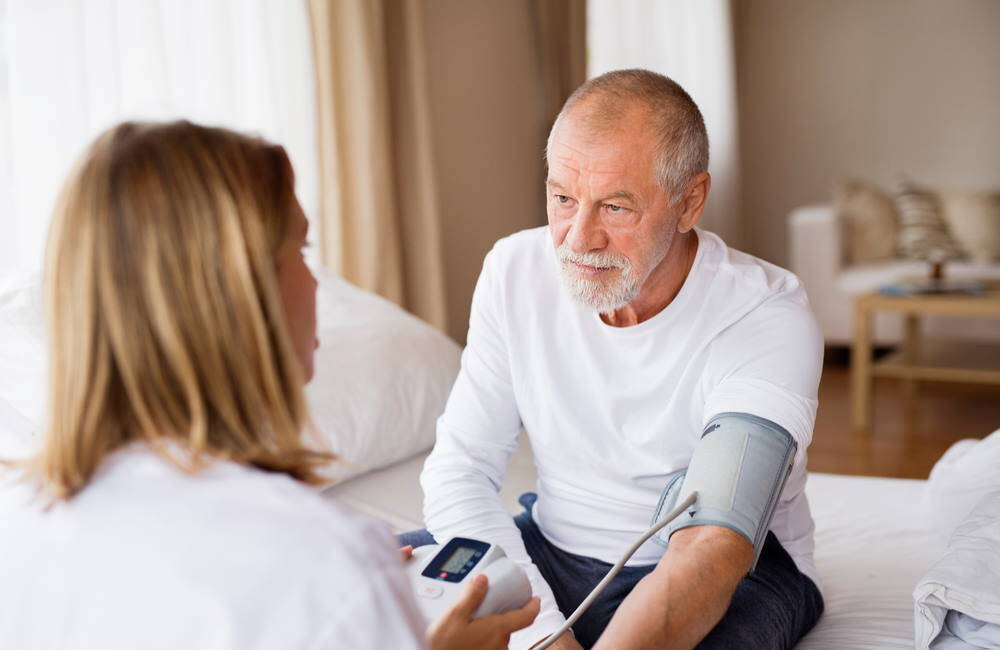Flying is generally considered safe for those who have had a heart attack. However, for those who want to fly after a heart attack, it’s important to consider issues such as your current condition, the time since the heart attack and the type of equipment and medications you take.
Those with heart issues also can take actions that help make the flight easier, such as picking the right seat and knowing what to expect at security.
A solution for many is to have a trained flight nurse fly with them, especially if they want to fly after a heart attack or fly after a stroke. A trained nurse can provide all the care someone may need during the flight and they have experience in handling any issues that might arise.
The American Heart Association (AHA) reports that flying doesn’t need to be off limits for those with heart disease or who have had a heart attack or stroke. “In fact, a few simple precautions can help make your trip a smooth one,” the AHA writes.
Issues When You Fly After a Heart Attack
The following looks at some issues to keep in mind if you want to fly after a heart attack. By preparing in advance and getting the support you need, flying after a heart attack should not cause any issues.
How Long Ago Was The Heart Attack?
The length of time since the heart attack, and the severity of the heart attack, are two issues people should consider. There’s no set rule, but Web MD reports that most doctors advise waiting two weeks after a heart attack before flying. Most people also wait one week after having angioplasty.
What Is Your Current Condition?
If you visit a doctor before taking a flight, they will likely check for certain issues to gauge your current heart health. This includes blood pressure and whether you are experiencing an irregular heartbeat or chest pain. They may also check your oxygen blood level. Depending on the results of these tests, a doctor may adjust your medications before the flight.
What Type of Medication and Equipment Do You Need?
Planning and arriving early can save you headaches at the airport. In terms of equipment, it’s safe to fly with a pacemaker or defibrillator, but security equipment can interfere with the devices’ function, so alert security personnel in advance. Also, if you need to carry liquid medications or extra oxygen, get a document from your doctor that states you need to carry them on the plane with you.
Flying with Oxygen & Medications
Prepare a Checklist
In addition to the above issues, it’s also smart to have a checklist that includes the following.
- Take all medications on the flight and have them within easy reach
- Carry a list of your medications with you
- Carry contact information for your family and your doctor
- Request an aisle seat so you can stand and stretch your legs every so often, as well as easily get to the bathroom
- Ask your doctor if you should wear compression socks that will help your blood circulate even as you sit in one position for a long period of time
Medical Transportation Assistance
Some who have suffered a heart attack prefer to have a medical professional fly with them to manage their health needs. This kind of service is referred to as non-emergency medical transport or medical transportation. This service provides the comfort of having an experienced flight nurse with you and oversee your care during the flight.
An example of a medical transportation service is Flying Angels which sends a nurse with you on your trip. A flight nurse provides care at high altitudes and is specially trained in aviation physiology. An RN Flight Coordinator handles all the travel arrangements for you and your loved ones to ensure the entire trip is comfortable and safe. Most people who have suffered a heart attack can fly safely if they follow these precautions. Make sure to consult with your doctor and a medical transport company before your flight. That way, you ensure that you take the proper steps before and during your journey.

